ARCHITECT'S
Unochiyo Memorial Museum in Iwakuni-City was the second collaboration with Prof. Frei Otto after Japan Pavilion, EXPO 2000 Hannover. The site for the project is a scenic zone, and the client requirement was to design a Japanese-styled building with a tile roofing. One of the main ideas during the design process was to have a rational structural solution for parabola style roofing rather than applying a form decoratively.The structural solution was to use “AJIRO (wicker-work) “ with thin LVL (Laminated Veneer Lumber), and suspend the it. As a result of the structural system, the roof naturally forms a curve that is suspended from its two ends, much like traditional Japanese Architecture. On the other hands, for the day-care center, the main structural idea was to make a long arch that extends to form a tunnel with developed compressive stresses, on the LVL “AJIRO” structure. From the structural idea, day light enters the interior space from between the vertical and horizontal LVL members.Difficulties involved in resolving the issue of structure included the material’s tendency to thicker under compression. “ Magewappa”, that is the special product of Odate, proved to be a more feasible alternative.Odate has heavy snowfall, and the roofs of the buildings are required to be able to bear a load of 450kg/sq.m of snow. In order to avoid the weight of the snow, at an angle of 90°pitched roof was built over the LVL arches. The stiffness of LVL was increased by using space framing with lattice member between the circular LVL and the square pitched roof.For the roof structure, a layer of FRP and corrugated steel folded plates was used over the LVL members to allow light through. The gaps between LVL members were covered with glass, and the space between the roof and LVL forms a double skin to maintain the interior environment.Similar to the paper structure, I found that thin LVL can also form the structure for a big span, and use significantly less wood compared to the usual arch of glue-laminated wood. (© ShigeruBanArchitects)
COLLECTION
DFW







